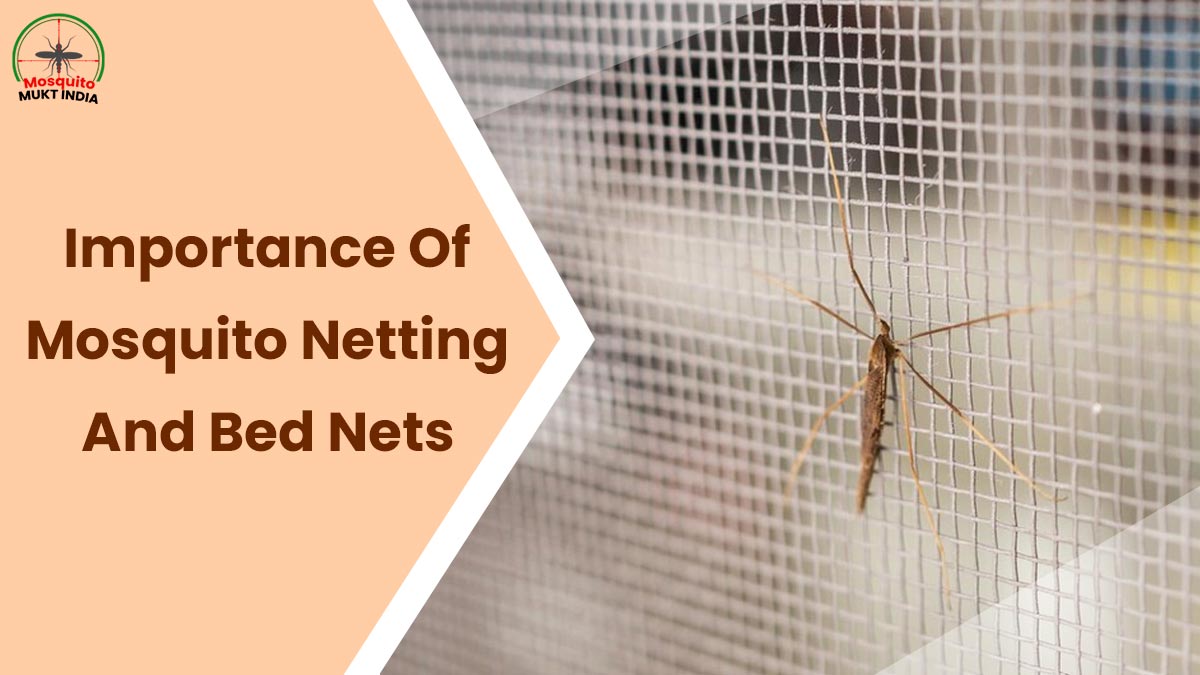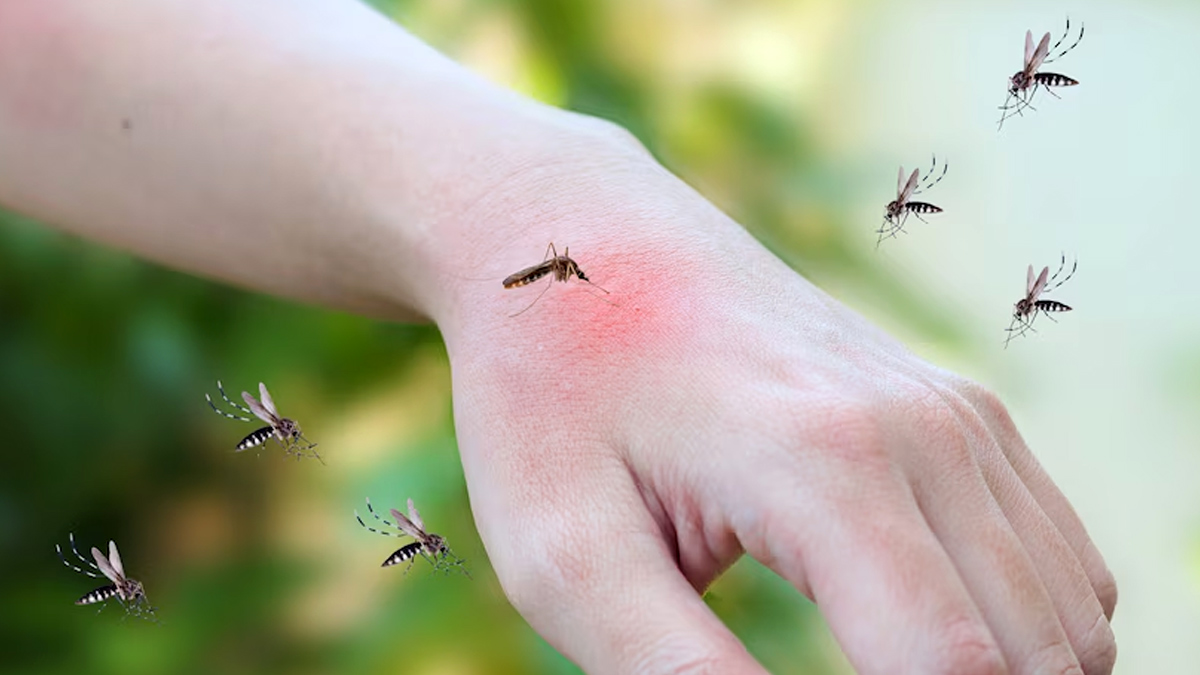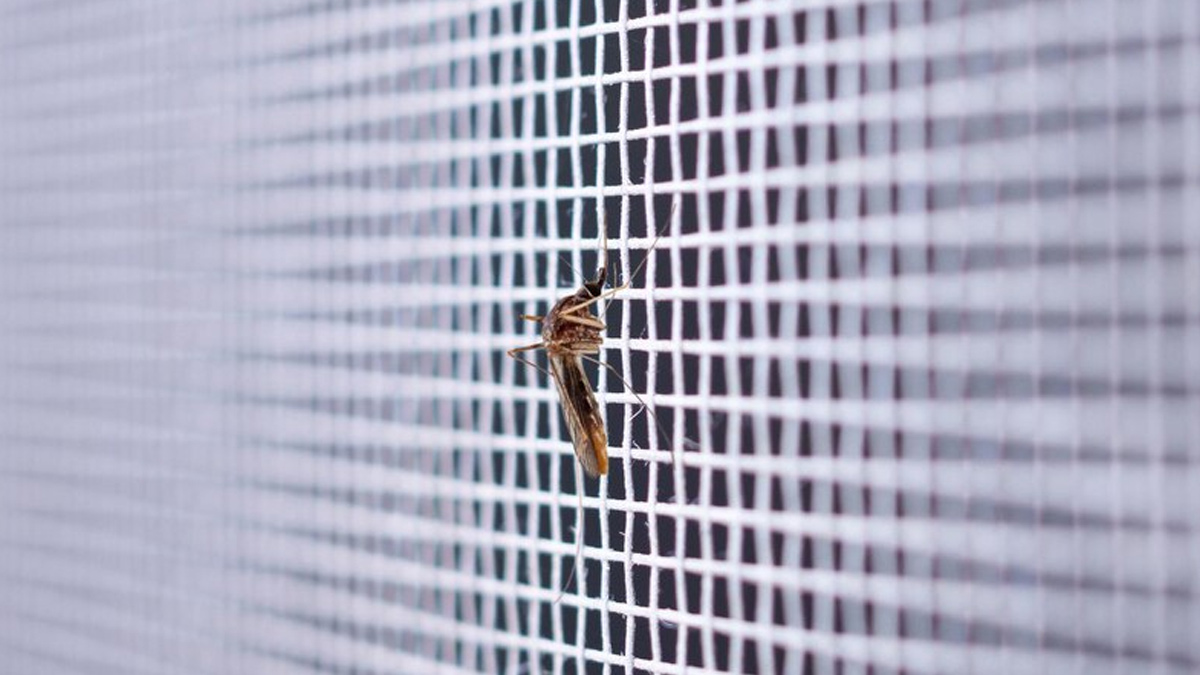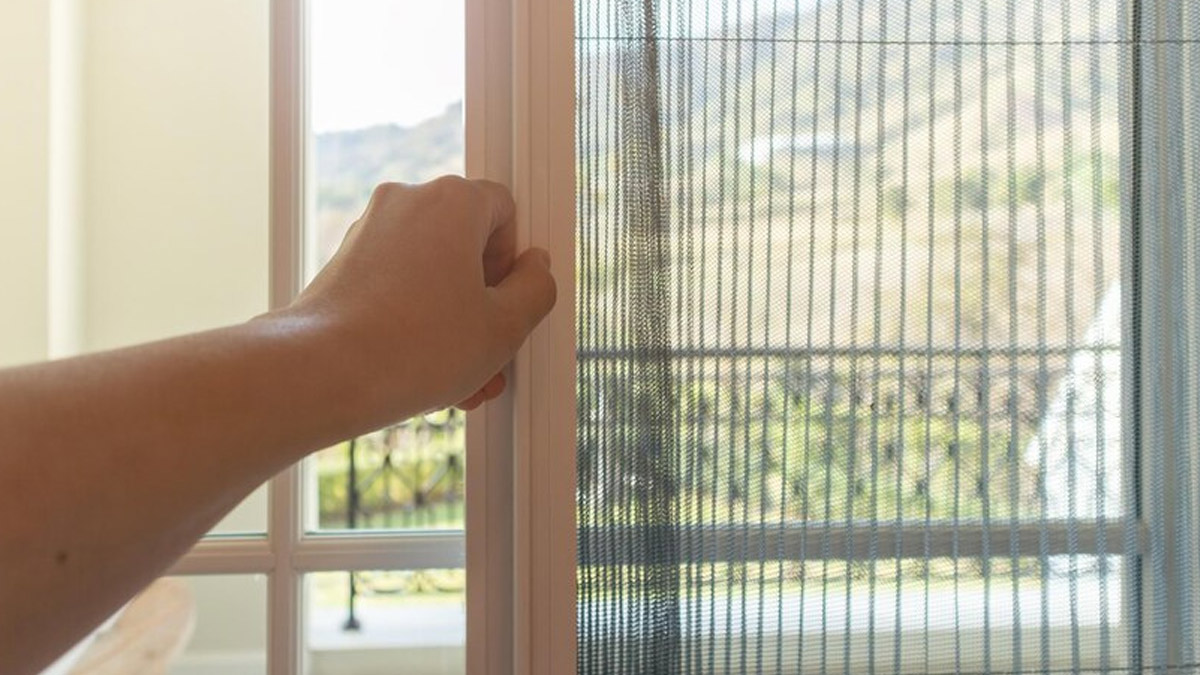
Mosquitoes are vectors for some of the most dangerous diseases, including malaria, dengue fever, Zika virus, and West Nile virus. In regions where these diseases are prevalent, particularly in tropical and subtropical areas, simple preventive measures, such as mosquito netting and bed nets can have life-saving impacts. The widespread use of bed nets, especially insecticide-treated nets, has been one of the most effective ways to prevent mosquito-borne diseases, dramatically reducing illness and mortality rates. This year on World Mosquito Day, we reflect on the importance of mosquito netting and bed nets in preventing mosquito-borne diseases.
Table of Content:-
The Threat of Mosquito-Borne Diseases

According to a 2023 study, mosquito-borne diseases are transmitted through the bites of infected female mosquitoes. The most common illnesses spread by mosquitoes include malaria, Chikungunya, Zika, Dengue, West Nile virus, yellow fever, Rift Valley fever, lymphatic filariasis, and tick-borne encephalitis. These diseases affect around 700 million people globally and lead to more than one million deaths each year.
Mosquitoes serve as vectors for dangerous pathogens. For instance, malaria is caused by parasites that are transmitted via the bite of an infected Anopheles mosquito. Likewise, dengue fever, which is spread by Aedes mosquitoes, impacts millions of people each year and can lead to serious complications, such as haemorrhagic fever and shock syndrome.
Pregnant women and young children are particularly vulnerable to mosquito-borne diseases, as these conditions can cause serious complications, including premature birth, low birth weight, developmental defects, or even death.
In such regions, where healthcare may be limited and resources scarce, prevention becomes the best approach to avoid illness. This is where mosquito netting and bed nets play a crucial role.
How Do Mosquito Nets Help In Disease Prevention

Mosquito nets, particularly Insecticide-Treated Nets (ITNs), are one of the most effective ways to prevent mosquito bites during sleep when people are most vulnerable. The WHO defines an ITN as a mosquito net designed to repel, incapacitate, or kill mosquitoes upon contact with the insecticide embedded in the netting material.
According to a 2023 study, ITNs have the ability to reduce pathogen transmission and illness from vector-borne diseases in areas where vectors enter homes.
Nets create a physical barrier between individuals and mosquitoes, blocking bites that can transmit life-threatening illnesses. For populations in malaria-endemic regions, the simple use of a bed net can drastically reduce the incidence of this deadly disease.
Also Read: Mosquito-Mukt India: Risks Of Mosquito-Borne Diseases During Pregnancy
Insecticide-Treated Nets (ITNs) Vs Regular Nets

Unlike regular nets, ITNs are treated with insecticides that kill or repel mosquitoes on contact. This dual-action protection—blocking mosquitoes physically and eliminating them chemically—makes ITNs far more effective than untreated nets. Additionally, ITNs offer protection for several years, as the insecticide remains effective even after repeated washing.
Long-Lasting Insecticidal Nets (LLINs)
LLINs are designed to provide mosquito protection for up to three years or more without needing to be re-treated with insecticide. This makes them particularly effective in regions where access to healthcare and resources for frequent net treatment are limited. The distribution of LLINs through public health campaigns has become a cornerstone of malaria prevention programs in many countries, helping to reduce the global malaria burden.
Challenges in Mosquito Net Distribution and Use
Despite their proven effectiveness, the distribution and use of mosquito nets face several challenges. One of the main obstacles is ensuring equitable access to bed nets, particularly in remote and underserved communities. Moreover, cultural practices, lack of education, and inconsistent usage can diminish the protective benefits of mosquito nets. Some households may not use the nets consistently, or they may prioritise the nets for children, leaving other family members unprotected.
[Disclaimer: This article contains information for informational purposes only, hence, we advise you to consult your own professional if you are dealing with any health issues to avoid complications.]
Also watch this video
How we keep this article up to date:
We work with experts and keep a close eye on the latest in health and wellness. Whenever there is a new research or helpful information, we update our articles with accurate and useful advice.
Current Version
